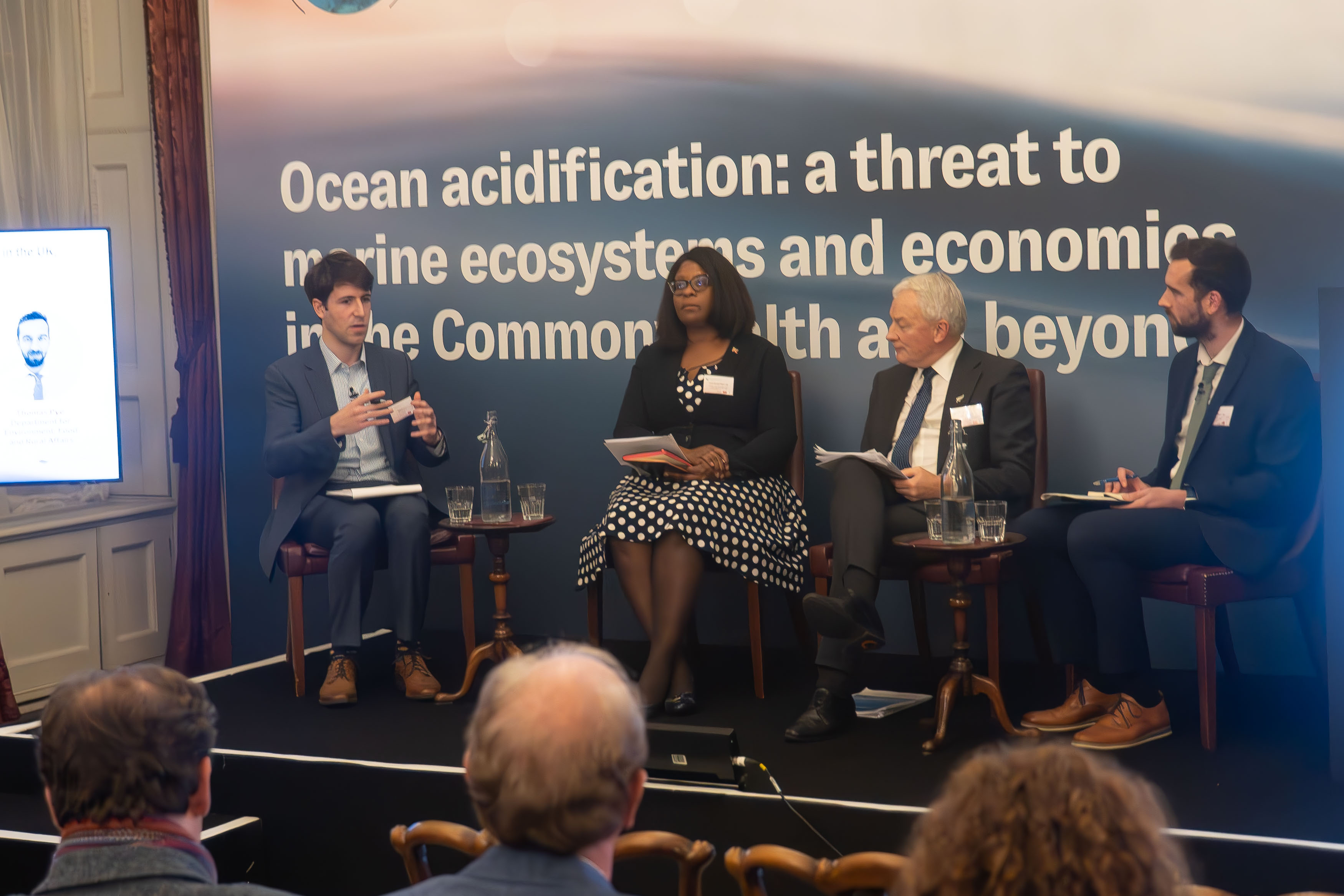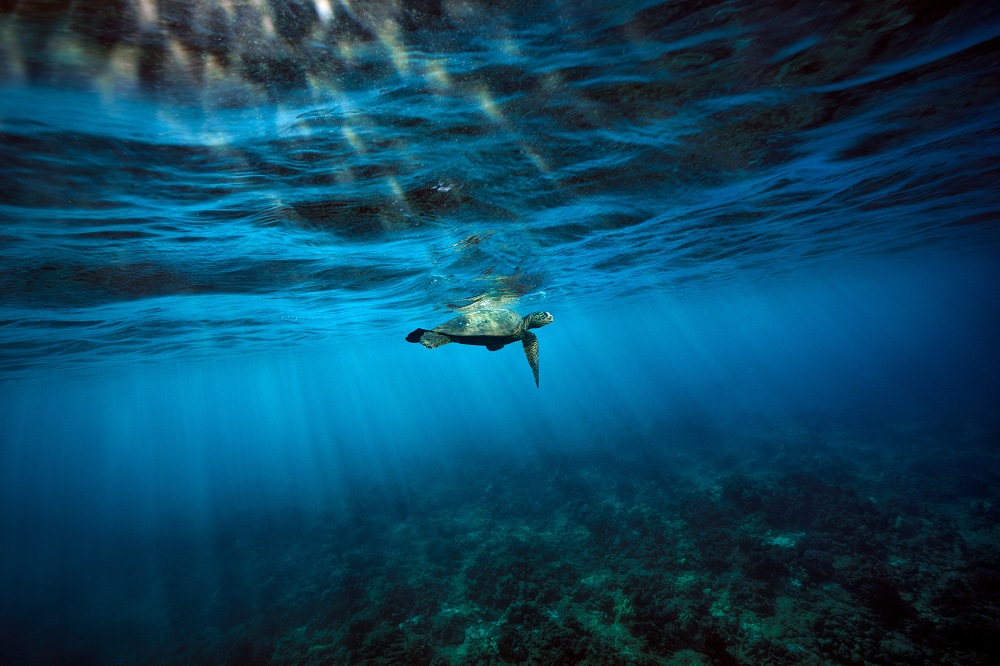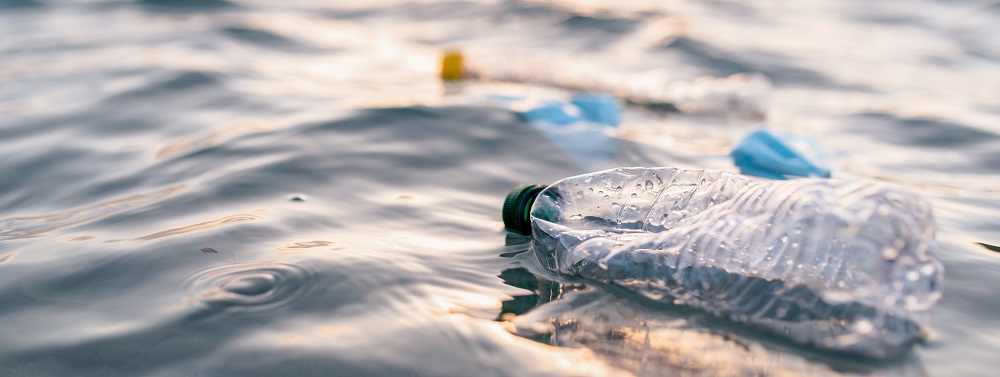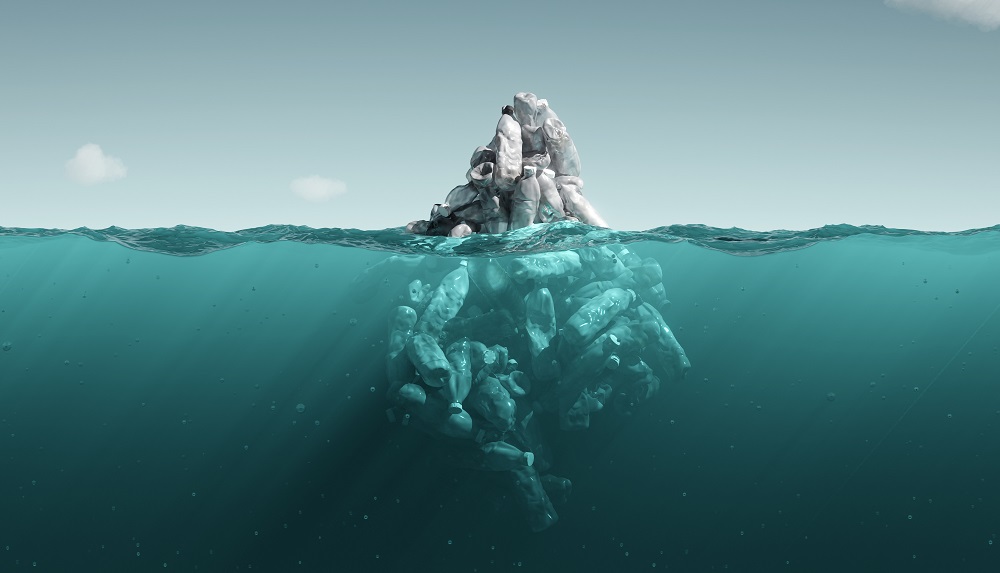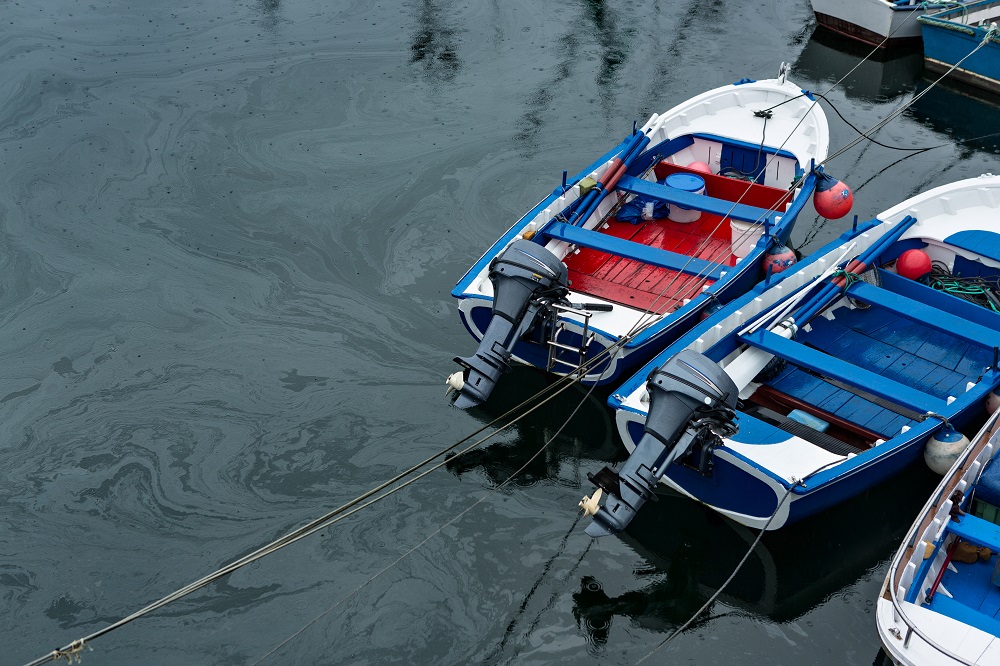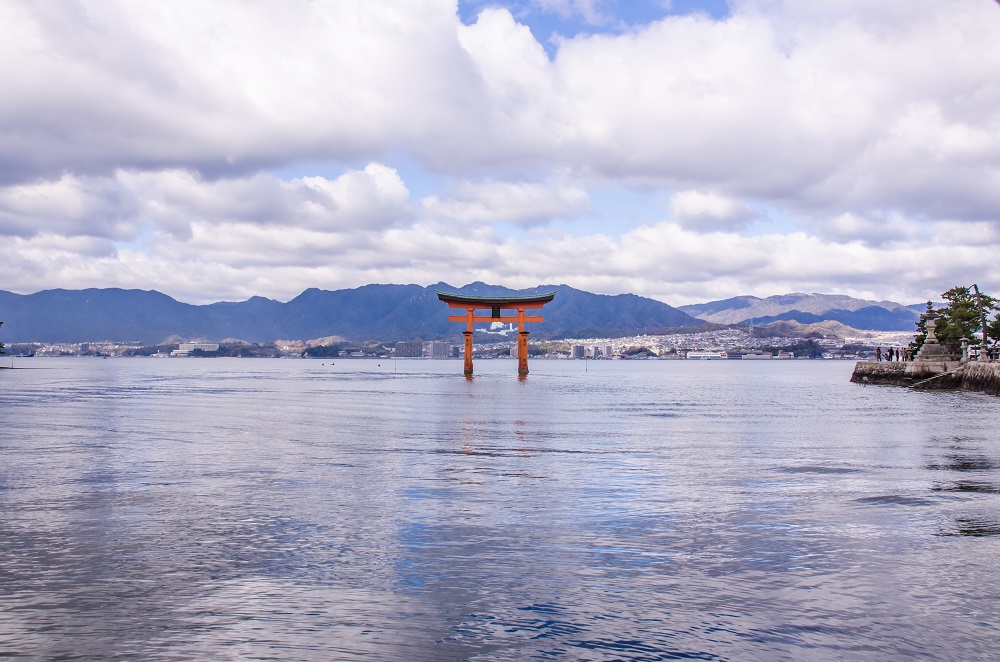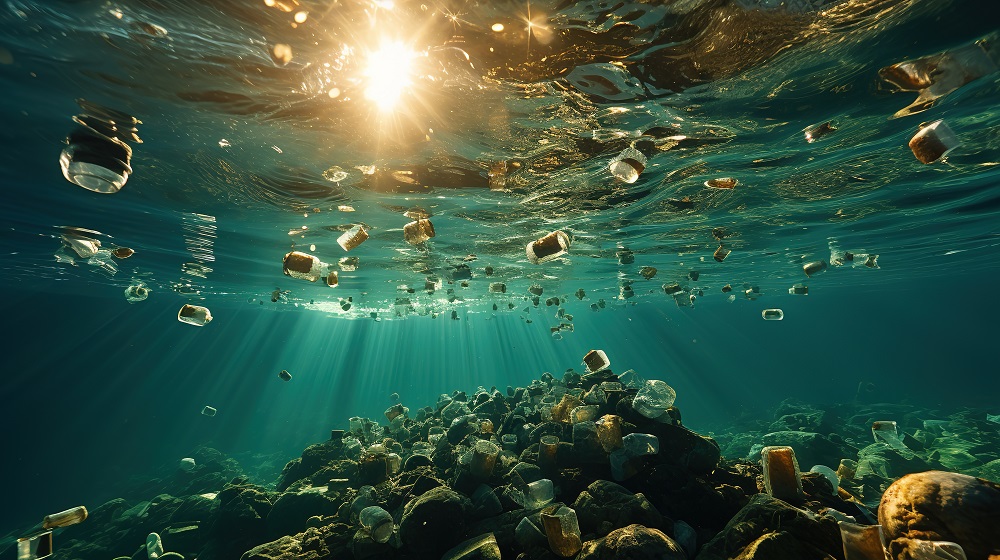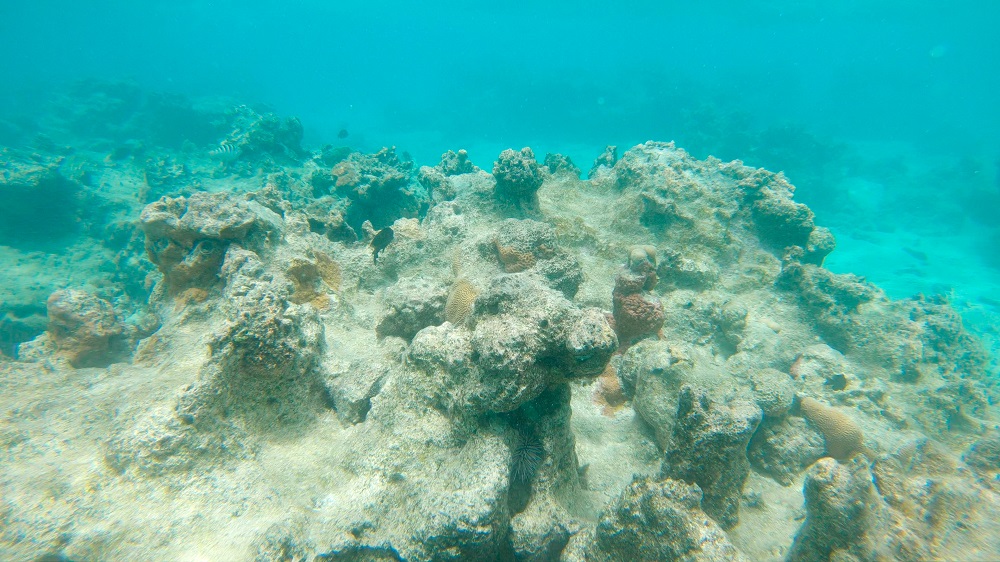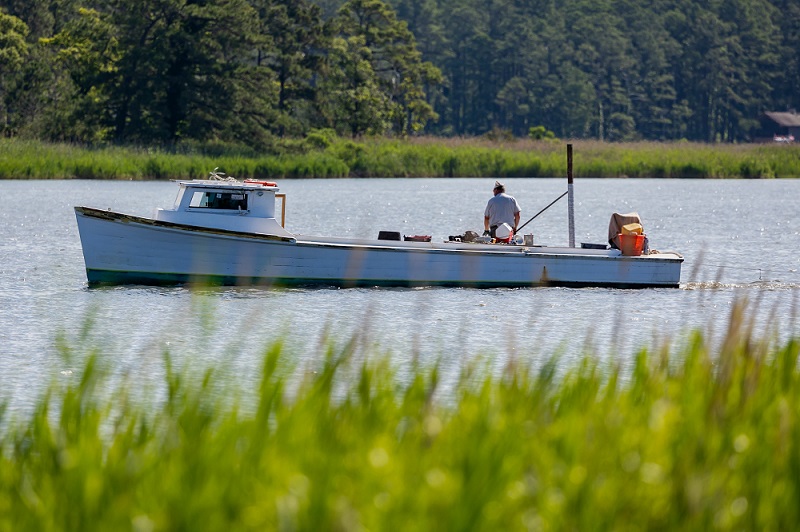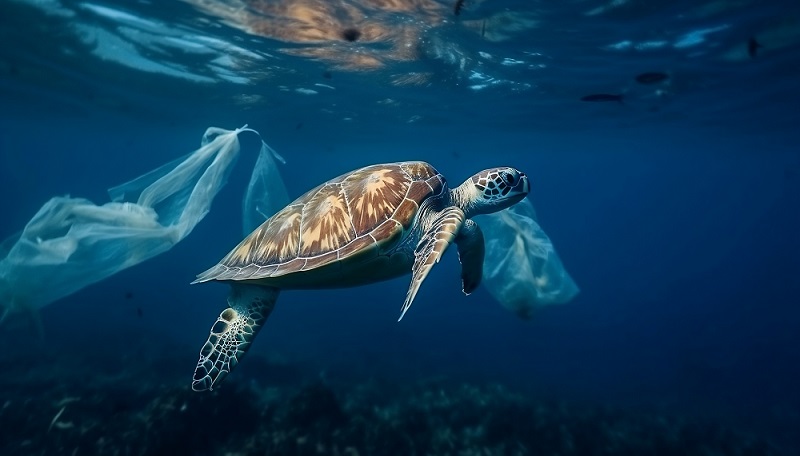On November 14th government representatives, policymakers and ocean experts from across the Commonwealth came together to discuss the rising threat of ocean acidification in an event hosted in London by Back to Blue, an initiative of Economist Impact and The Nippon Foundation. The two panels, held following the publication of Back to Blue’s in depth report on ocean acidification national action plans, covered global plans and policy frameworks for ocean acidification and the urgent need for action at the local level. They also spotlighted the efforts of the Ocean Acidification Action Group, established by the Commonwealth Blue Charter under the leadership of New Zealand, efforts that illustrate both our intense vulnerability to ocean acidification, and our collective power to address it.
Ocean acidification is a particularly salient issue for Commonwealth countries, a group that includes 25 small island developing states, a third of the world’s ocean that falls under national jurisdiction, and nearly half of the planet’s tropical coral reefs. The ocean absorbs up to 25% of annual carbon emissions, which has pushed it outside its historical pH zone, threatening marine ecosystems, coastal economies and communities dependent on the ocean’s food systems. Steve Widdicombe, director of science at Plymouth Marine Laboratory, presented an overview of the science behind this process. “The ocean’s natural processes cannot match the rate at which we are putting carbon dioxide into the atmosphere,” he warned.
There is an urgent need for an approach combining robust science with effective policy. “There is clear evidence that CO2 concentrations are going up, it’s going into the ocean, and that’s causing acidification,” said Helen Findlay, senior scientist at Plymouth Marine Laboratory. “Having that clear understanding of what’s driving acidification is fundamental for the policy dialogue.”
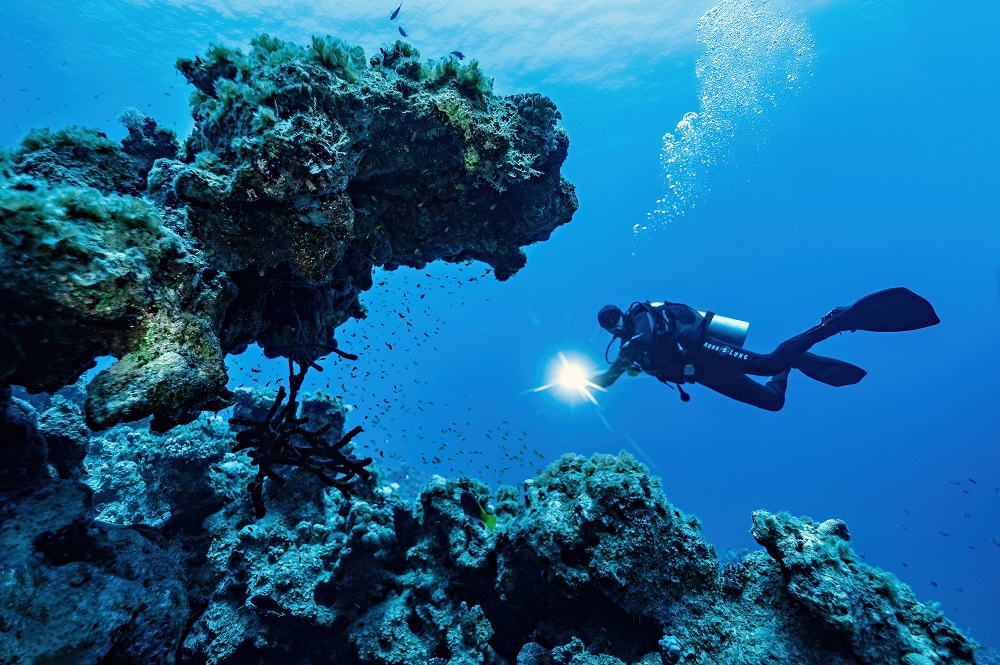
The human impact was brought to the forefront. “It’s hugely important that when it comes to policy, we’re not just thinking about the science, we’re thinking about the impacts that it has on people,” said Nicholas Hardman-Mountford, head of oceans and natural resources at the Commonwealth Secretariat.
The participants emphasised three imperatives for addressing ocean acidification. The first is to reduce carbon emissions, which many countries have already pledged to do since the Paris Agreement. But the problem of ocean acidification goes beyond reducing emissions. The second imperative, carbon removal, is equally important. This process will include new technologies and developments intended to reduce the carbon load that is already in the atmosphere and yet to be absorbed by the oceans. The third imperative is protecting ecosystems and building resilience so that both biodiversity and human communities can resist the inevitable impacts of acidification.
“There is a Māori saying that translates to ‘if the land is well and the sea as well, the people will thrive,’” said Phil Goff, New Zealand’s high commissioner to the UK. “The sea isn’t well, and that is a danger to the well-being of people and ultimately to our survival.”
Global co-ordination
International co-operation was at the forefront of the discussion, as participants emphasised the diffuse and transboundary nature of the problem and the need to make it a global priority. The oceans are currently significantly underserved by the Green Climate Fund and the Sustainable Development Goals’ funding, receiving only a small fraction of development finance, receiving only 2% of the Green Climate Fund, 0.56% of SDG funding from philanthropic sources, and 0.01% of SDG funding from development finance.
The Commonwealth Climate Finance access hub is working hard to change this, said Rt Hon Patricia Scotland, secretary-general of the Commonwealth. The CCFAH helps governments access existing climate finance opportunities. Its central hub in Mauritius has secured US $186,543,984 worth of climate finance for projects in sectors such as water, health, and blue economy, and it has helped secure millions more in funding opportunities for countries including Jamaica, Antigua and Barbuda, and Tonga.
Ocean acidification targets were created as part of the Global Biodiversity Framework at the Convention on Biological Diversity in Montreal. The participants discussed the other international mechanisms that can support collaboration. UN delegates have already reached an agreement to include ocean acidification in the UNFCCC. The next step is to clearly incorporate ocean strategies into countries’ national climate commitments under the Paris Agreement, as Fiji and Belize have already done, Mr Hardman-Mountford said.
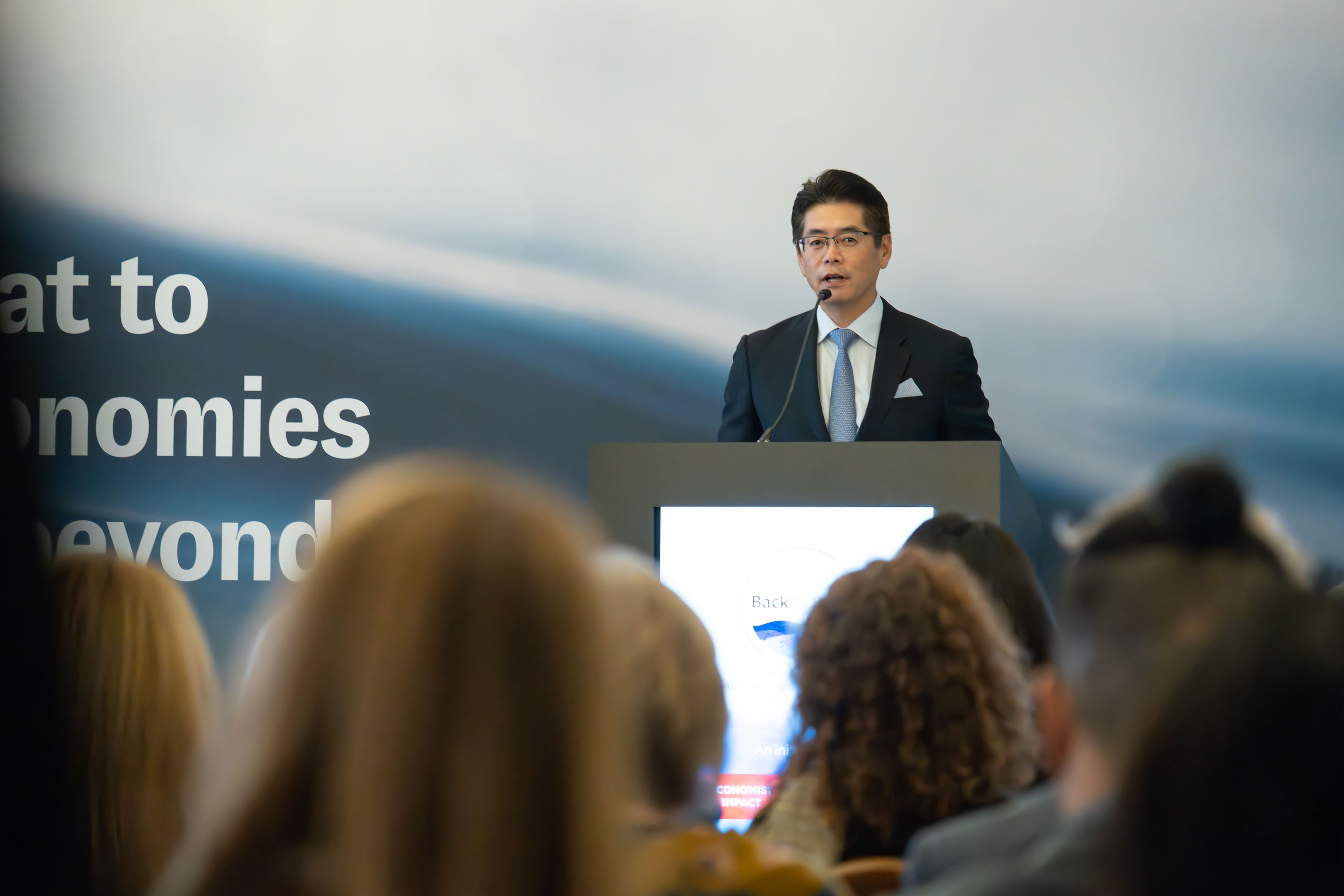
Improving the visibility of ocean acidification in the climate agenda will help divert more resources to the problem. In countries like the UK, which are less vulnerable to climate impacts but are major voices on the world stage, raising awareness is an important means of input. “We’ve tried to be a leading global voice through things like our COP26 presidency, where we put the ocean very much on the agenda,” said Thomas Pye, head of ocean, climate and science at the UK government’s Department for Environment, Food and Rural Affairs. “We’ve been using the convening power of government to bring together stakeholders in a way that perhaps others aren’t able to.”
Increasing international collaboration on research and data can help countries to develop their own solutions, as low-income countries often lack the capacity for unilateral action. “Regional knowledge gaps on ocean acidification is an equity issue,” said Jessie Turner, executive director of the OA Alliance. To this end, New Zealand produced the Ocean Acidification Policymakers Handbook, which provides templates and actions that countries can implement and adapt to their own needs. “We learn from New Zealand, we learn from the UK, we learn from Fiji, and that’s what I love about the Commonwealth,” said Karen-Mae Hill, Antigua and Barbuda’s high commissioner to the UK. “It amplifies the power of small island states.”
However, locally based approaches are needed to address the specific impacts of ocean acidification in coastal regions and small island states, as participants from these countries emphasised. While they can be assisted by international co-operation, research sharing, and financial aid, many solutions are being enacted at the local level by people with first-hand experience. “We’re not helpless victims,” said Ms Hill. “We need you to recognise that one, we’re doing things, and two, we want you to help us do them better.”
One example of local action is the Elkhorn Marine Conservancy in Antigua and Barbuda, which is working with scientists, local non-government organisations and the government to replant corals. This shows how many communities are turning to nature-based solutions, which the participants highlighted as a promising path to reversing ecosystem damage. “There are a lot of studies showing that having kelp, seagrass, mangroves and salt marshes near calcifying entities like oysters, mussels, clams or coral reefs can improve and increase the pH nearby,” said Ms Turner. Preserving and enhancing biodiversity is an essential step to building resilience.
Participants broadly agreed on the need for greater collaboration, awareness and funding for initiatives targeting ocean acidification across borders and involving a wide range of experts and impacted communities. “You’ve got to work globally, regionally, and locally. If you do those three things together, you maximise the impact of what you’re doing,” said Mr Goff.
To continue reading
Download full reportEXPLORE MORE CONTENT ABOUT THE OCEAN
THANK YOU
Thank you for your interest in Back to Blue, please feel free to explore our content.
CONTACT THE BACK TO BLUE TEAM
If you would like to co-design the Back to Blue roadmap or have feedback on content, events, editorial or media-related feedback, please fill out the form below. Thank you.










